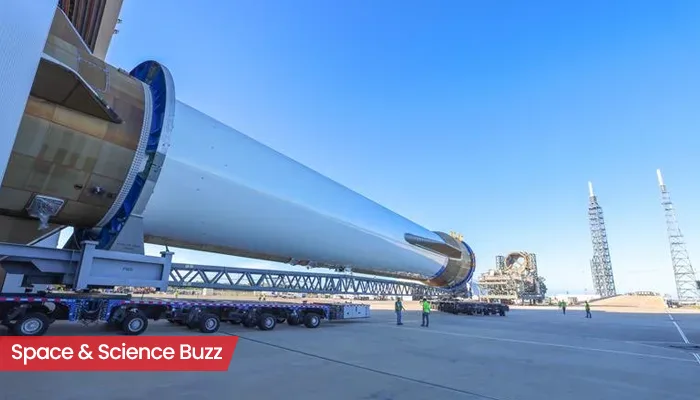
Here are today’s most important updates from the realm of Science and Space.
Next Stop, Mars! Blue Origin Prepares for Historic Red Planet Mission
Jeff Bezos's Blue Origin is primed for a major leap to Mars as it readies its second New Glenn rocket for launch from Cape Canaveral Space Force Station. The booster’s rollout to the pad marks a crucial step toward its upcoming mission: sending Nasa's highly anticipated ESCAPADE twin probes to orbit the Red Planet. Standing tall at 320 feet, New Glenn will make only its second flight after debuting with a successful orbital test in January. For this new launch, targeted for late October or early November, Blue Origin aims to achieve a milestone: flying its first interplanetary mission and attempting to recover the reusable first stage, nicknamed “Never Tell Me the Odds,” by landing it on the company’s Jacklyn drone ship at sea.
Lunar Meltdown: How a Massive Crash Turned the Moon Radioac

Roughly 4.3 billion years ago, the Moon experienced its biggest crash, a colossal asteroid strike that created the South Pole-Aitken (SPA) basin, the largest and oldest impact crater known on any planetary body in the solar system. Spanning over 1,931 kilonotres north to south and 1,600 kilometres east to west, this lunar scar offers crucial clues about the Moon’s fiery origins and its unique geological evolution. A new study led by planetary scientist Jeffrey Andrews-Hanna of the University of Arizona, published in Nature, reveals that this massive impact came from the north, overturning previous beliefs that the asteroid approached from the south.
Cosmic Crime Scene: Webb Telescope Finds Galaxy Scarred by a Black Hole
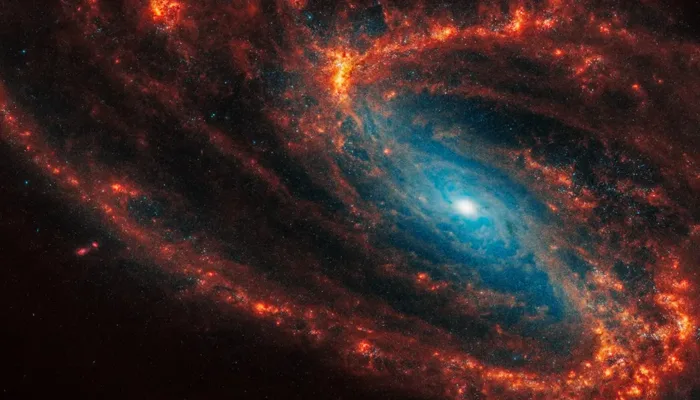
Astronomers have observed a gigantic cosmic "contrail" in a distant galaxy. The trail of gas and dust may have been churned out by a passing massive black hole, although there are other possible causes, scientists report in a new study. The contrail was spotted in the spiral galaxy NGC 3627, located roughly 31 light-years from our solar system in the constellation Leo. Although contrails have been previously identified in the Milky Way, NGC 3627's is the most clearly defined contrail ever discovered and is "remarkable for its sheer size," study co-author said. The contrail is roughly 20,000 light-years long, about one-fifth the diameter of our entire galaxy and extremely narrow, at only 650 light-years wide.
Popular Painkiller Under Fire: New Study Links It to Heart Problems

A widely used painkiller, tramadol, may not be as safe or effective as previously believed, according to a recent study published in BMJ Evidence-Based Medicine. The research suggests that while tramadol is commonly prescribed for pain relief, it provides limited effectiveness and could significantly increase the risk of heart disease, particularly with prolonged use. Experts caution that the potential dangers may outweigh the benefits for many patients. The analysis found tramadol provided only small pain relief, below clinically meaningful levels. More seriously, users had twice the risk of major side effects compared to placebo, mainly due to increased cardiac problems like chest pain, coronary artery disease, and heart failure. Common mild side effects included nausea, dizziness, constipation, and drowsiness. Overall, tramadol's heart risks may outweigh its limited benefits.

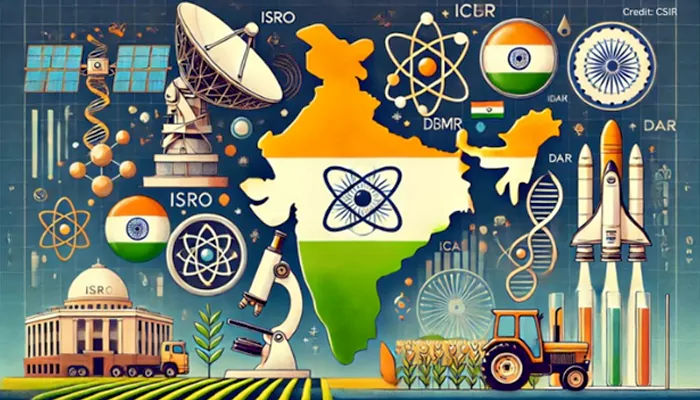

.webp)
.WEBP)
.WEBP)
.webp)
.webp)
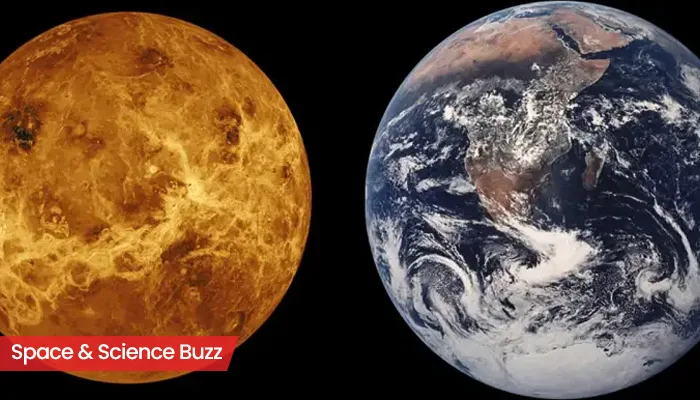
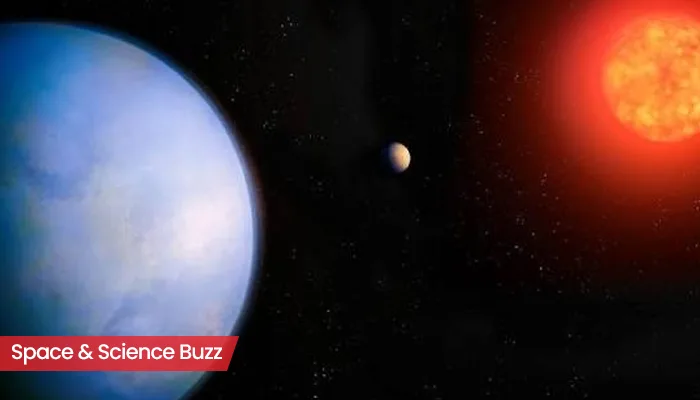
.webp)
.webp)
.webp)